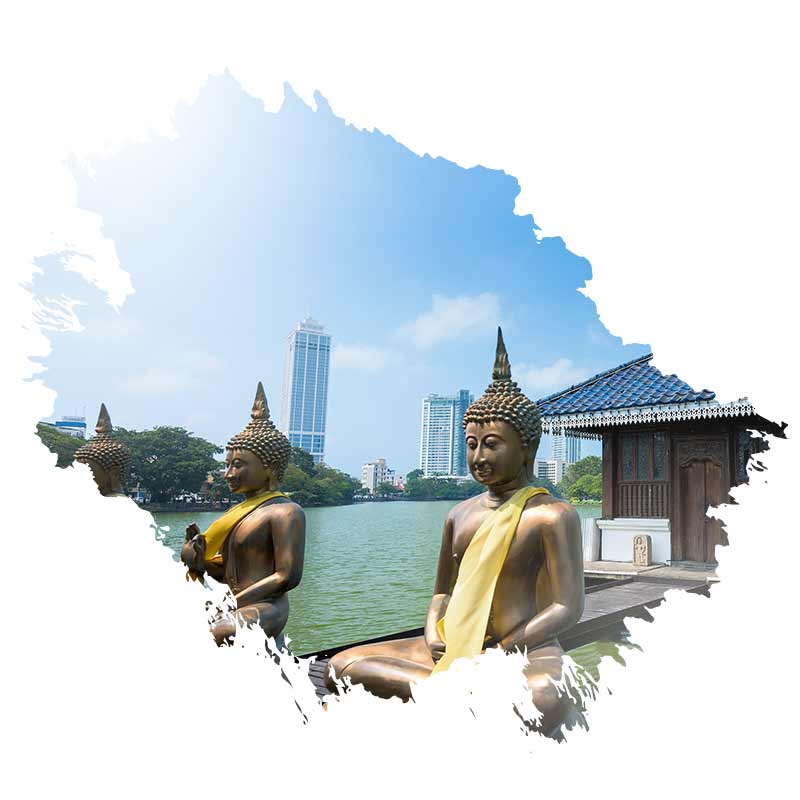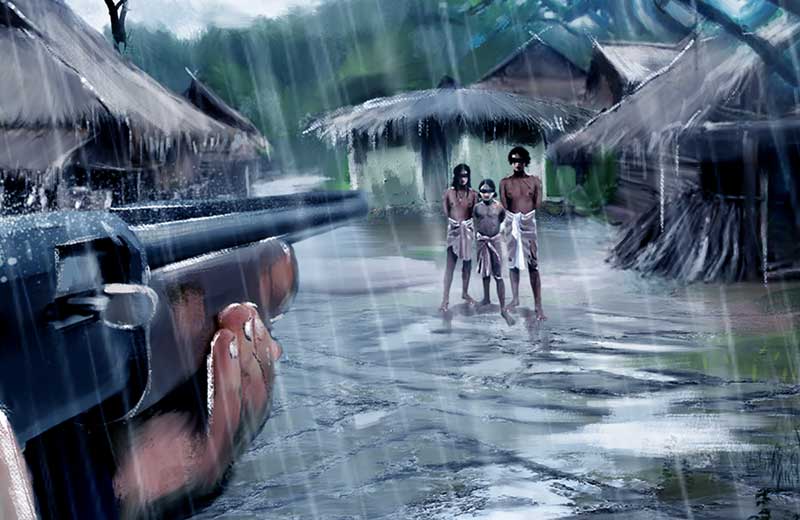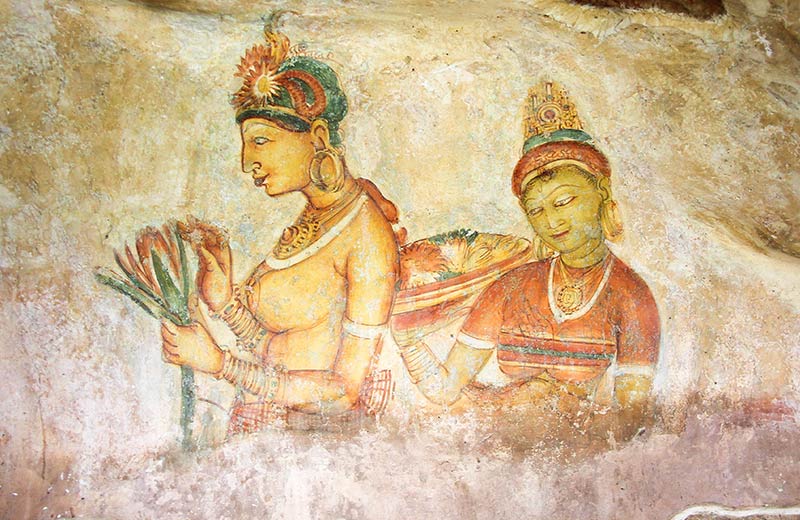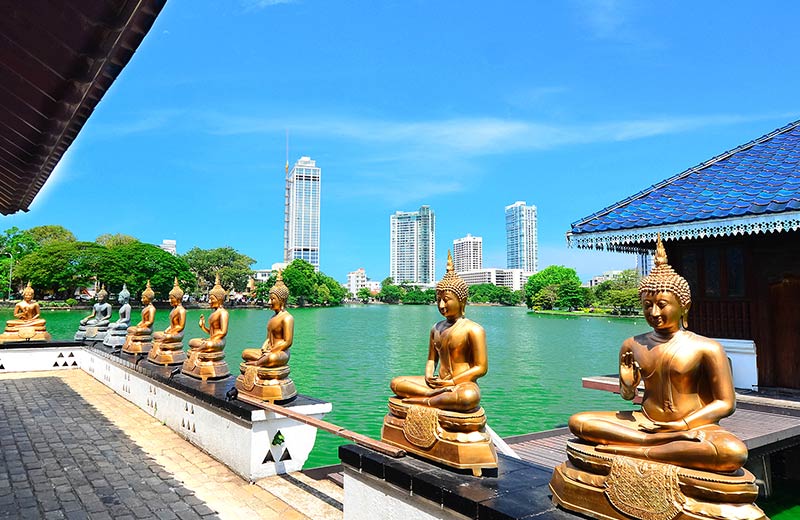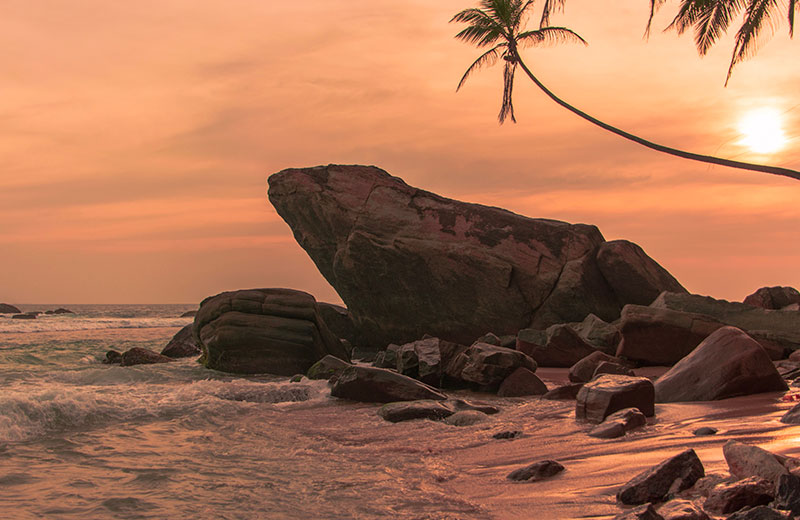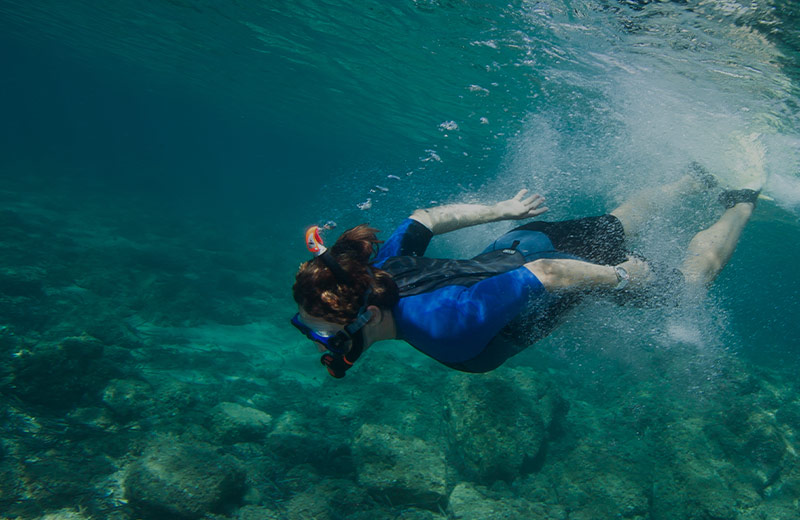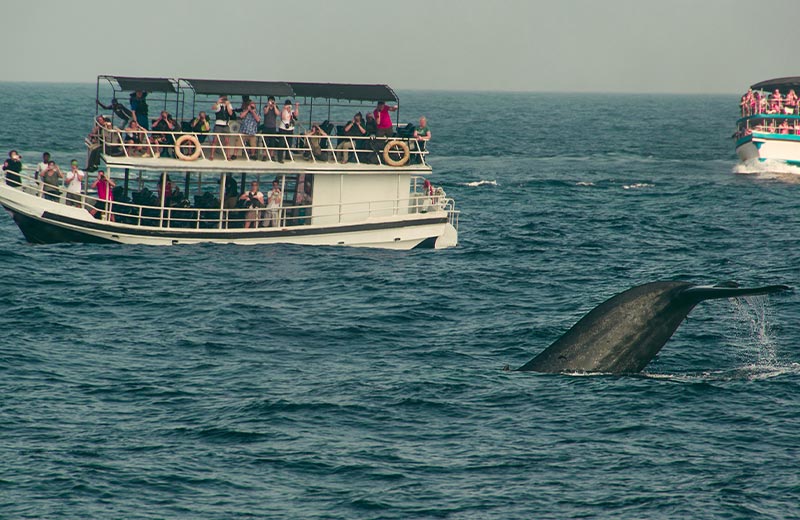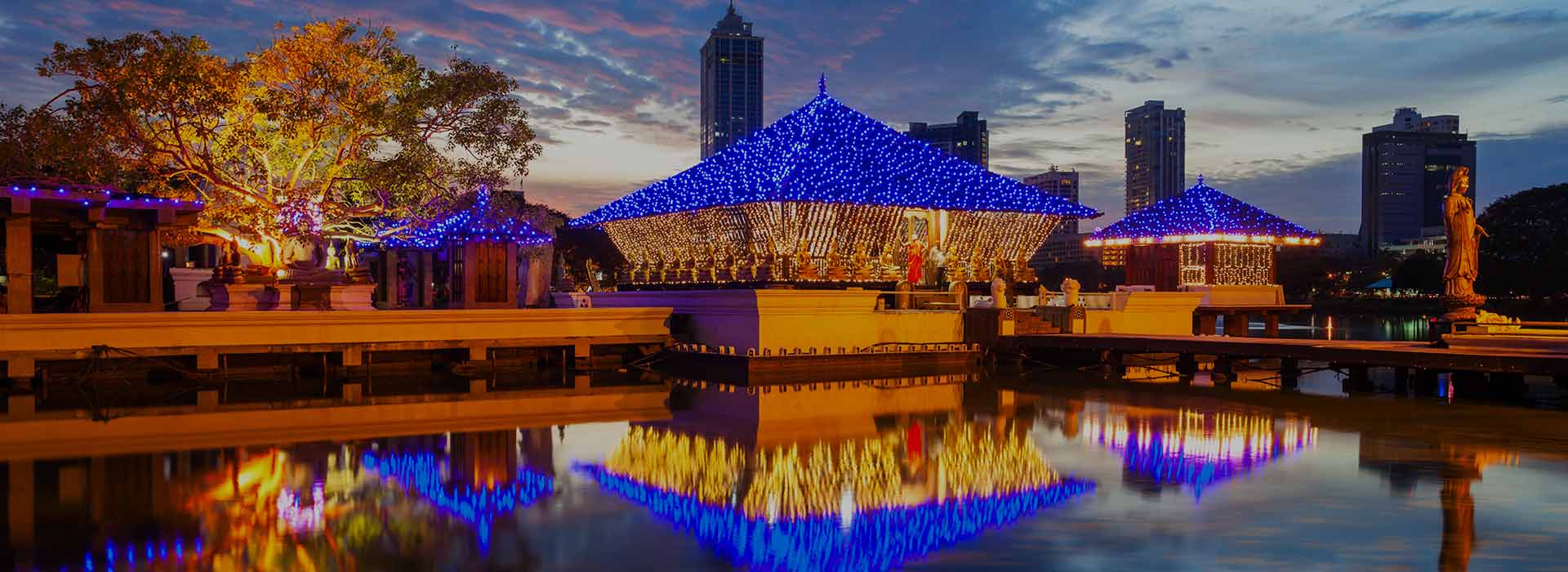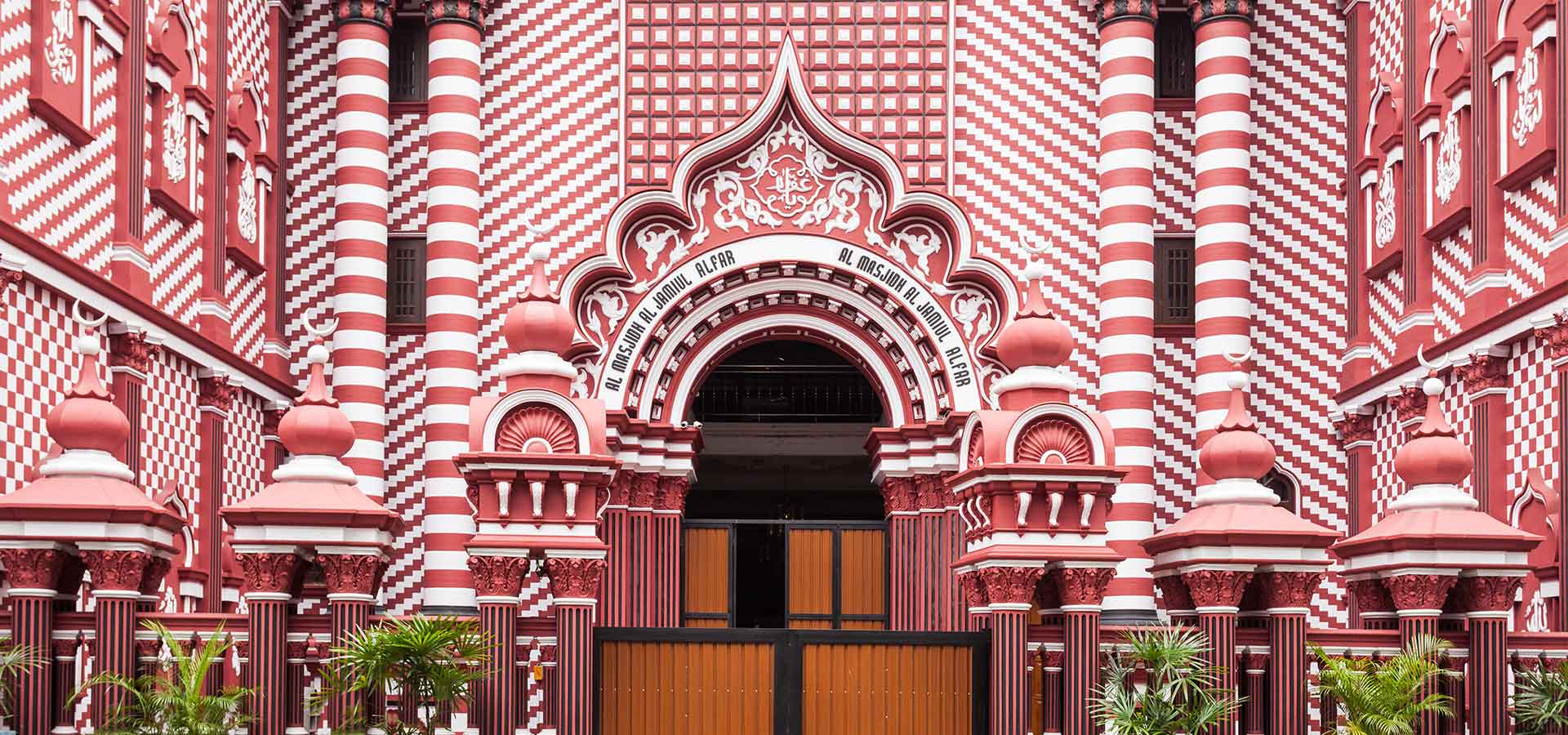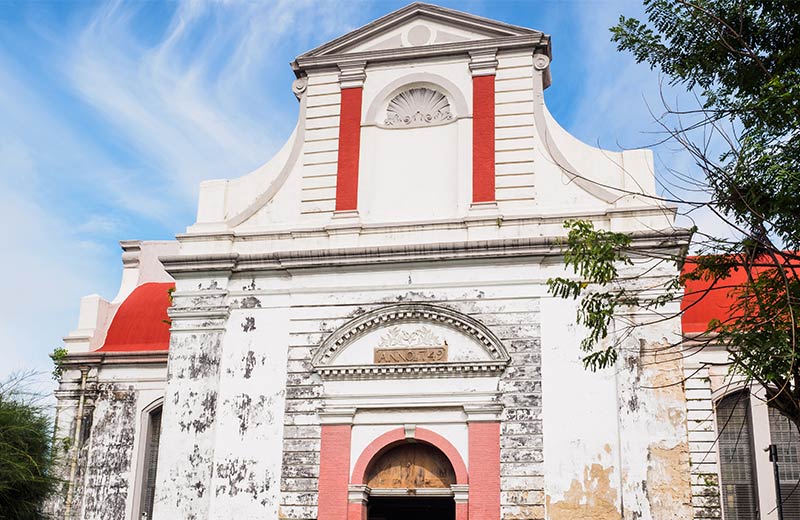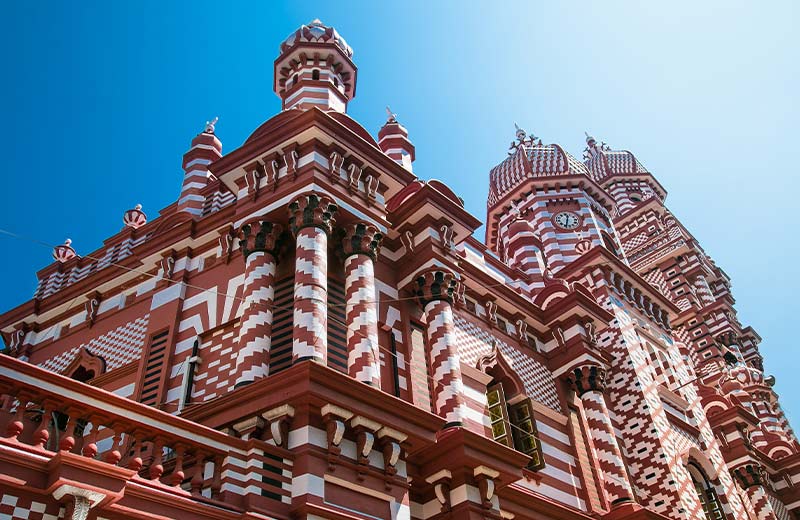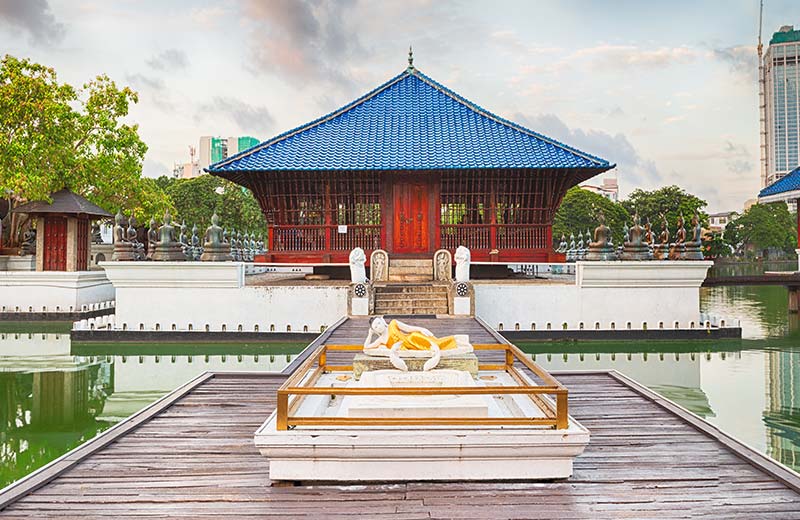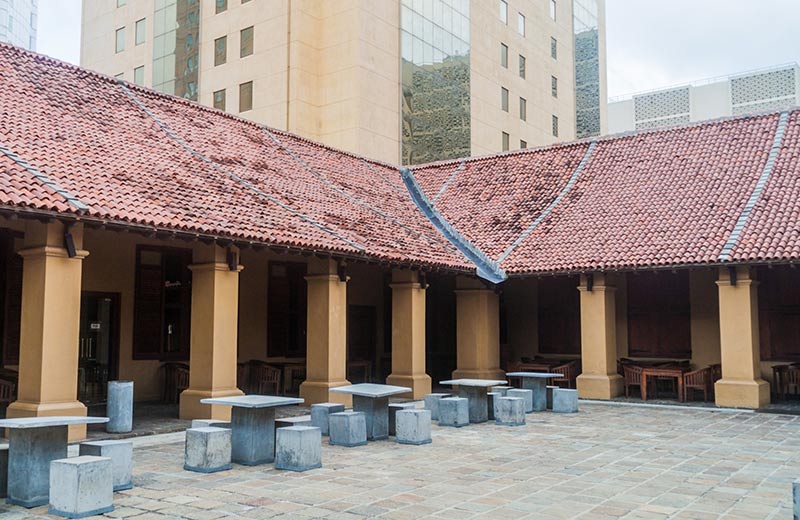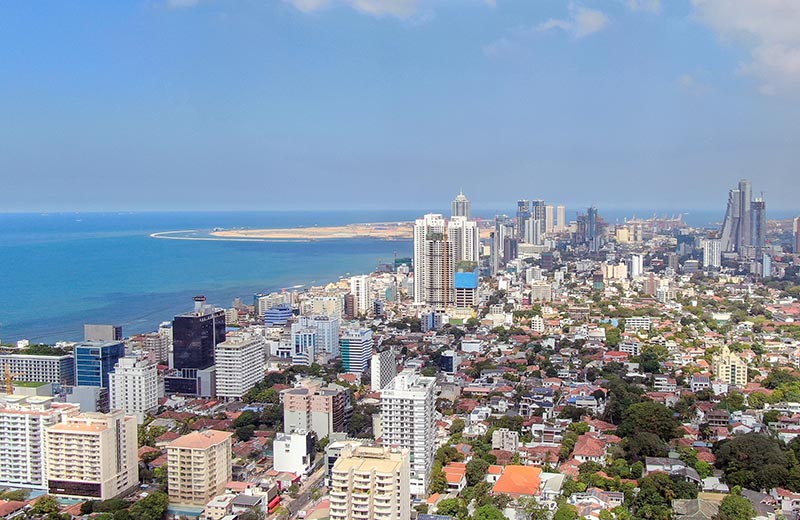The Gangaramaya Temple also has a museum that houses a large number of fascinating artefacts of the Buddhist world. Such artefacts include bronze and brass statues of the Buddha gifted by the neighbouring countries of Indonesia, Myanmar and China during the island’s prosperous kingdom rule. Relics such as a hair strand from the Lord Buddha, along with coins and even classic cars donated to the temple can also be viewed at the museum.
Similar to the Temple of the Tooth Relic in Kandy, the Gangaramaya Temple is known for hosting an annual parade of colourful pageantry – the Gangaramaya Navam Perahera. The parade may only have started in 1979, but it has gained critical acclaim around the world, as it has been likened to that of the ancient Kandy Esala Perahera. The temple’s festivities do not end there, as it also hosts the Buddha Rashmi National Vesak Festival that commemorates the birth, life, and death of the Lord Buddha. Filled with vibrant pandols and colourful decorations, the entire area is illuminated with bright lights and lanterns.
The Seema Malakaya meditation centre, located at the end of a pier on the Beira Lake in close proximity to Gangaramaya, is a treat for the mind, body and soul. Built in the same eclectic styles of Asian temples, the meditation centre is the ideal escape from crowded Colombo, as the calm waters of the Beira Lake, coupled with the Feng Shui centred design allows you to detach from the urban jungle.
Although these places of worship are a great way to experience the multi-cultural society of Colombo, it is only one of the experiences that gives insight to the cultural and religious harmony of the city. A number of neighbourhoods in Colombo overtly display the different cultures of immigrants that have adopted the city as their home.
The suburb of Slave Island is one such intriguing area that portrays the lifestyles of the Malay community that call Sri Lanka home. Although Slave Island has a past in which African Kaffir slaves were held captive during early colonial rule, it was eventually transformed into an army barracks for the Malay soldiers of the Ceylon Rifle Regiment under British rule. As a result, Slave Island alternatively became well known as ‘Kampong Kertel’ to the Malays (Malay settlement quarters). The local dialect of Bahasa Melayu can still be heard in the narrow streets of Kew Gardens and Java Lane. Traditional Malay cuisine such as tripe curry, mani pittu and pastol can also be found in this area.
Leave the Malay Kampong and enter the suburb of Wellawatte – also known as Little Jaffna. Located in the southernmost limits of Colombo, Wellawatte is home to many migrants from the city of Jaffna, most of whom were forced to flee the northern city during the country’s civil war. The numerous vegetarian eateries, textile shops, jewellery shops and electronic shops run by traders draw people from all over the city and its suburbs.
Colombo was, and still is a city that welcomes people of all ethnicities, races and religions. The city only grows richer by imbibing the cultures and traditions of the varied people who now lovingly call it home.
